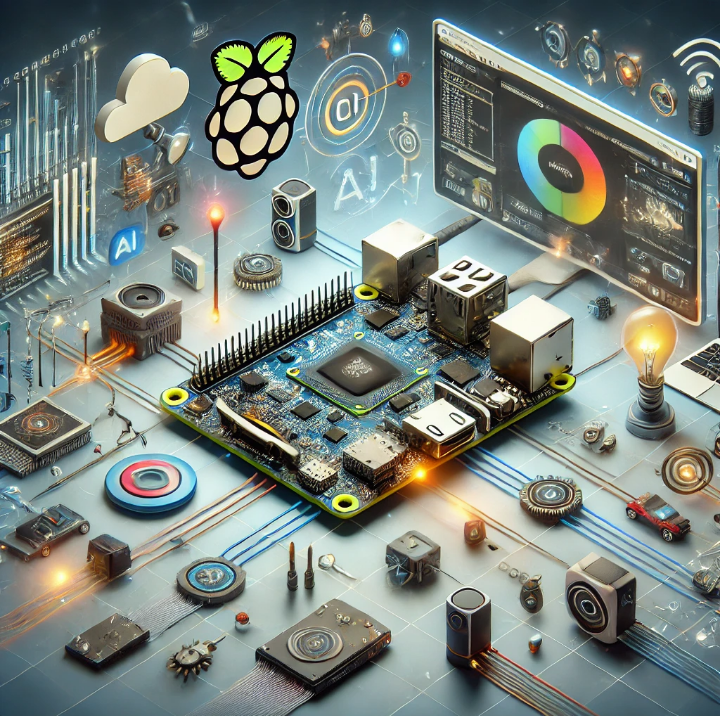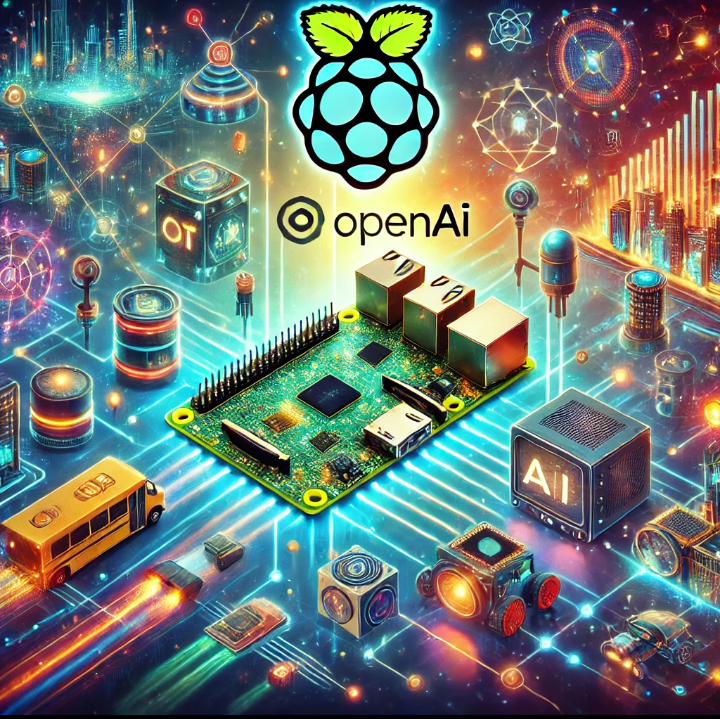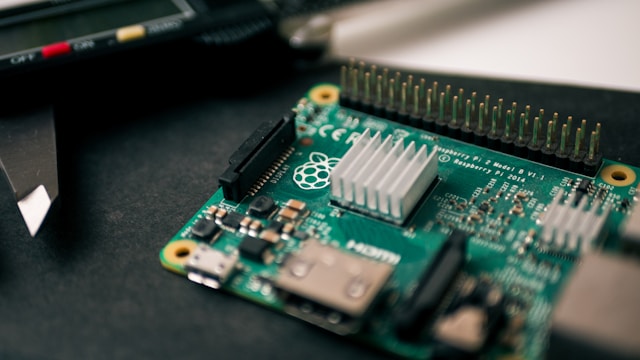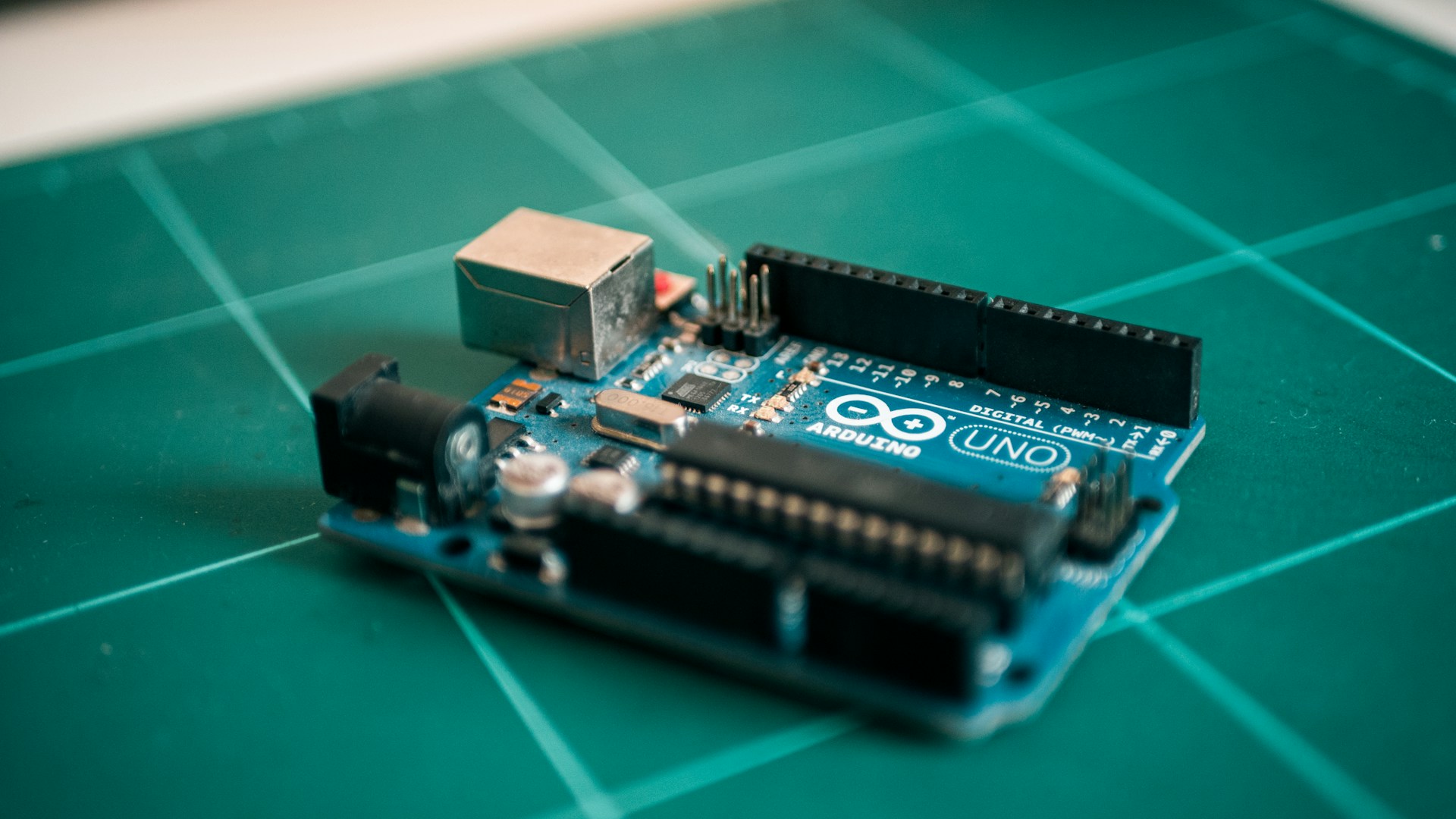Banana Pi’s OS update enhances AI and machine learning capabilities for edge computing, integrating TensorFlow Lite for real-time processing on low-power devices, ideal for IoT and AI-driven applications.
Banana Pi has released a significant update to its Banana Pi OS, designed to enhance AI and machine learning capabilities specifically for edge computing. This new update brings expanded support for TensorFlow Lite and other lightweight AI frameworks, enabling the seamless deployment of AI models directly onto Banana Pi devices without the need for cloud-based services.
AI at the Edge: The Future of Low-Power Devices
As edge computing grows in popularity, especially in IoT environments, the demand for low-power devices capable of processing data locally has surged. The latest Banana Pi OS update equips developers with the tools necessary to run AI models at the edge, reducing latency and bandwidth usage, while improving privacy by keeping sensitive data local.
This is particularly useful for applications like smart surveillance systems, where AI-based image recognition can be performed on-site in real-time. Similarly, predictive maintenance solutions can now be embedded directly into industrial IoT devices, enabling machines to predict potential failures before they occur and enhancing efficiency in industries like manufacturing and logistics.
Key Features of the Update
– TensorFlow Lite integration allows Banana Pi boards to perform real-time inference tasks such as object detection, speech recognition, and anomaly detection.
– Expanded support for other machine learning frameworks, including PyTorch Mobile and ONNX Runtime, giving developers flexibility in selecting their preferred tools.
– Optimized performance for low-power environments, ensuring that AI tasks are processed efficiently, even on resource-constrained devices.
– Enhanced support for neural networks, enabling faster training and inference for edge-based models.
Real-World Applications
With this update, Banana Pi devices can now be used in a variety of AI-driven projects, such as smart city infrastructure, automated traffic management systems, AI-powered robotics, and healthcare monitoring devices. Developers working on AIoT (AI combined with IoT) can now deploy more complex models at the edge, improving the functionality of smart devices in real-world applications.
The new Banana Pi OS update brings AI technology closer to the edge, empowering developers to build smarter, faster, and more efficient IoT solutions.





